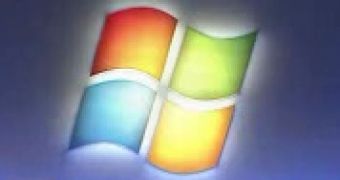Windows 7 was optimized to dramatically reduce the start-up time compared to its predecessor, and Microsoft is hard at work to boost boot performance even more with Windows 8. It’s somewhat a common piece of criticism to call Windows bloated, including in reference to the start-up process, and all the services launched by the operating system.
On the newly launched ‘Building Windows 8’ blog, some users reignited the issue, pointing out that there are services loaded at boot for no reason at all.
Of course, the implication is that the software giant could increase performance and cut the strain on hardware by simply reducing the number of such services.
Larry Osterman, a Microsoft veteran, revealed that there are no unnecessary services loading during the Windows boot, and that even those that do load, are optimized to use as few resources as possible.
“Actually there are audits done every day within Windows (seriously) to ensure that no new services are added without thorough review. And every service that starts at boot has to justify its existance (I was on the team that did the service reviews back in Win7),” he stated.
“Every one of the services that was enabled at boot time in Win7 was required for some important scenario. And those services that are on the "autostart" list have their overhead pared down to a bare minimum. Several of the auto-start services (for example the audio endpoint builder service) whose default footprint is only a couple of hundred of kilobytes of virtual memory (and essentially no physical memory).”
There’s no reason to think that Microsoft won’t apply the same strategy when it comes to the Windows 8 boot process.
There’s an inherent pressure on the Redmond company to speed up start-up as much as possible. Fortunately, various hardware advances make it easier than ever for Windows 8 to deliver unmatched boot performance.
For example, Windows 8 running on a device equipped an SSD drive and using UEFI could offer users start-up times of as little as 6 seconds.

 14 DAY TRIAL //
14 DAY TRIAL //